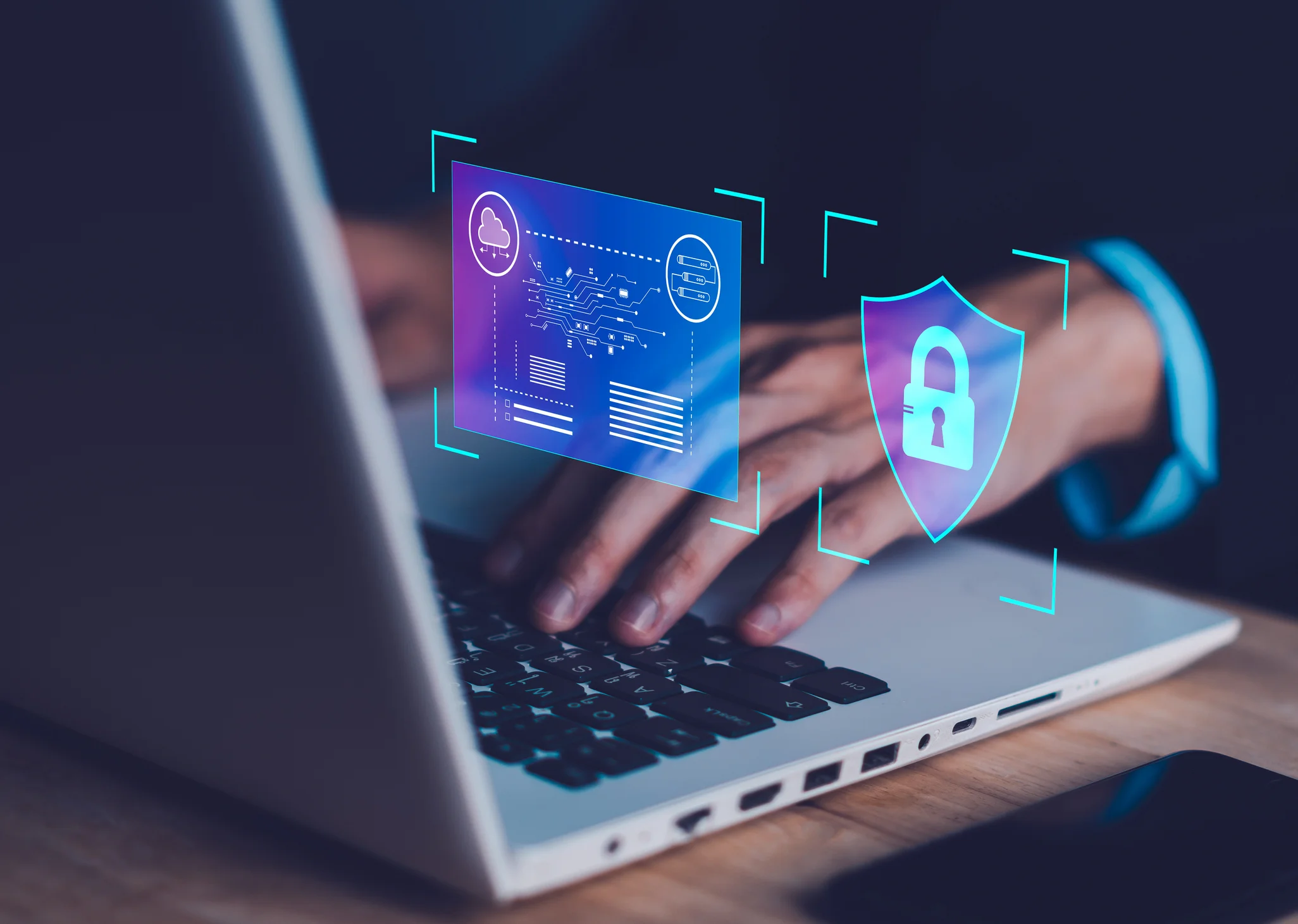Developing a Cyber Breach Communication Strategy
Understanding the Gravity of Cybersecurity Breaches
Cyber breach communication strategy begins with a grim acceptance: data breaches and cyber-attacks have become a when, not if, scenario for organizations across all sectors. In this digital age, our operations hinge on the vital arteries of information technology, making cybersecurity an organizational cornerstone. The current landscape is riddled with sophisticated threats that evolve at a breakneck pace, further emphasizing the need for a robust cyber breach communication strategy. Recent statistics have shown a sharp incline in the number of companies falling victim to breaches, with consequential impacts ranging from financial losses to irreversible damage to reputation. This underscores the urgency of not only securing networks but also reinforcing the IT management architecture with a transparent and effective communication response for when incidents occur.
The Essential Components of a Cyber Breach Communication Strategy
A cyber breach communication strategy is more than an IT management subset; it’s an organizational lifeline in crisis management. It ensures that if a breach does occur, the response is immediate, coordinated, and effective in minimizing harm to the company’s stakeholders as well as its reputation. At its core, this strategy includes an immediate assessment of the breach, swift internal and external communication, legal compliance, and steps to prevent future incidents. It is vital that this strategy is not created in isolation but is part of a comprehensive IT management plan with the involvement of multiple departments, ensuring collaborative and cohesive action when responding to cyber incidents.
Planning Ahead: Preparing for the Inevitable
The adage “forewarned is forearmed” is particularly pertinent when it comes to cybersecurity. We advocate for a proactive stance—a forward-thinking ethos that prepares organizations for not if, but when a breach occurs. The linchpin of a cyber breach communication strategy is its preparedness component. This incorporates the pre-creation of clear, concise communication templates that can be quickly tailored to the incident, reducing response time and confusion. Moreover, establishing and rehearsing protocols ensures that when the stress of a breach is on, everyone knows their role and how to execute it. We recognize the critical role that advanced network services play, not only in detecting and intervening promptly to mitigate the damage of a cyber breach but also in the strategy’s communication nexus allowing for effective and timely engagement with all pertinent stakeholders.
Step-by-Step Guide to Formulating Your Strategy
In developing a proactive cyber breach communication strategy, it’s essential to follow a structured approach that anticipates and addresses the various challenges that may arise during a cybersecurity incident. By meticulously crafting your strategy, you ensure that when a breach occurs, your response is calculated, swift, and effective, preserving the trust of your clients and stakeholders. Here, we outline the pivotal steps necessary to construct a robust communication plan that safeguards your organization’s reputation and operational continuity.
Identifying Key Stakeholders and Impact Assessment
Every cyber breach communication strategy begins with the identification of key stakeholders — those who will be affected by the breach and those who will take part in managing the breach. It is essential to understand the potential impact of a breach on various segments of your business and customer base, and this includes assessing the needs and concerns of each group. For clients, their primary concern is often the protection of their personal and financial information, whereas investors might be more concerned about the breach’s impact on the company’s value.
Assigning Communication Responsibilities
Clear roles and responsibilities are the backbone of any efficient response plan. Within our organization, we designate a crisis communication team whose job is to ensure that accurate and timely information is disseminated during a cyber incident. The team is typically led by the Chief Information Officer or Chief Security Officer and includes representatives from IT, legal, public relations, and customer service departments. This cross-functional team operates upon established protocols to deliver a coordinated and coherent response.
Establishing Notification Timelines and Protocols
Timeliness is critical during a cyber incident. Our strategy dictates notification timelines and protocols, prioritizing urgency and compliance with regulatory requirements. We set clear guidelines on what information must be shared, when it should be communicated, and through which channels, whether it’s an immediate public statement, direct communication with affected parties, or a press release. Fast and transparent communication helps to preserve trust and can mitigate potential reputational damage.
Technological Tools and Support for Effective Communication
The integration of advanced technological tools is key to supporting a seamless communication process during a cyber breach. At our firm, we leverage comprehensive network services and IT management solutions that enable us to detect breaches early and respond rapidly. Moreover, we always stay ahead by embracing current technologies that enhance our communication capabilities, ensuring that we can reach all necessary parties efficiently and without delay.
- Automated Alert Systems: We use automated systems to notify stakeholders and initiate our communication protocol the moment a breach is detected.
- Incident Response Platforms: These platforms facilitate real-time collaboration and communication among the crisis communication team members.
- Customer Relationship Management (CRM) Software: CRM systems prove invaluable in managing communications with clients, providing updates, and documenting interactions for future reference.
- Secure Communication Channels: We ensure that all communication post-breach is conducted through secure channels to prevent further information leaks.
Did you know? In 2021, IBM reported that the average cost of a data breach was $4.24 million, highlighting the critical need for robust cyber breach communication strategies within organizations.
Ensuring the Integrity of Your Cybersecurity Measures
As the digital landscape evolves, the significance of a robust cyber breach communication strategy becomes a paramount concern for organizations worldwide. At Alvaka, we understand that the manner in which a company responds to a breach can be as critical as the preventative measures it has in place. Our discussion has emphasized that while advanced network services and IT management are crucial for prevention, a well-articulated strategy for communication post-breach is indispensable.
Fortifying Trust Through Transparency
Our collective insight into the formulation of your strategy underscores the value of transparency. When a breach occurs, the clarity and timeliness of communication to stakeholders can make the difference between sustained trust and damaged reputations. We advocate for meticulous preparation, knowing that a predetermined plan equips you to act decisively and responsibly—qualities that clients and partners expect in today’s interconnected business environment.
Our expertise in network management reinforces our conviction that continuous monitoring and rapid incident response are cornerstones of a secure IT infrastructure. But beyond the technical capabilities, it’s the human element, the assuring voice that articulates the situation and the remedial actions, which truly resonates with those affected.
Strengthening Resilience with Strategic Coordination
We place tremendous emphasis on the orchestration of a united front in the wake of a cybersecurity event. The cyber breach communication strategy serves not just as a reactive measure; it is a proactive testament to your organization’s resilience. By already having assigned roles, identified stakeholders, and articulated templates in place, you solidify the confidence that customers, employees, and partners place in your brand.
In essence, the strength of our cybersecurity ecosystem is tested not when the seas are calm, but when the storms hit. And it’s in these moments that our foresight and planning pay dividends, helping to navigate through the tumult with composure and strategic savvy. At Alvaka, we are committed to guiding businesses through this process, ensuring that communication strategies are a beacon of reliability amid the chaos of a breach.
Building and maintaining an effective cyber breach communication strategy is an endeavor that demands attention, expertise, and foresight. It’s an integral part of safeguarding not just data and systems, but also the trust and loyalty of all those who place their confidence in your digital guardianship. We are here to ensure that your organization not only anticipates and plans for cyber events but also communicates in a manner that upholds and reinforces the integrity of your business in the face of challenges.
FAQ
What is a cyber breach communication strategy? ▼
A cyber breach communication strategy is an essential component of an organization’s IT management plan, specifically designed to guide how we communicate internally and externally following a cybersecurity incident. It ensures that all stakeholders are informed in a timely, accurate, and secure manner, minimizing the damage to trust and reputation that often accompanies a breach.
Why is it important to have a cyber breach communication strategy? ▼
Having a cyber breach communication strategy is vital because without it, the response to a breach can be chaotic and inefficient. It helps in managing the situation with a clear plan of action, ensuring stakeholders are kept informed, legal obligations are met, and the organization can recover as quickly as possible.
What are some critical components of a cyber breach communication strategy? ▼
Key components include a response team with clearly assigned roles, notification timelines, contact lists for stakeholders, pre-drafted templates for communications, strategies for media interactions, and a plan for ongoing updates as more information becomes available.
How can our organization prepare in advance for a cyber breach? ▼
Preparing for a cyber breach involves creating robust detection and response protocols, training employees, regularly updating the communication strategy, holding mock breach exercises, and ensuring that response tools and templates are ready to be deployed at a moment’s notice.
What role does advanced network services play in a cyber breach? ▼
Advanced network services are crucial for the early detection of breaches and rapid response. They can help contain the breach, protect sensitive data, and provide valuable information to communicate the scope and impact of the incident accurately to stakeholders.
Who should be on our cyber breach response team? ▼
Our response team should include representatives from IT, legal, communications, human resources, and executive management. This team works collaboratively to ensure a well-rounded and efficient response to the breach.
What should be included in our cyber breach notification to stakeholders? ▼
The notification should include a clear description of what happened, the potential impact, what is being done to address the breach, what stakeholders can do to protect themselves, and how they will be updated. Accuracy and timeliness are crucial to ensure that stakeholders maintain trust in our ability to manage the situation.
How quickly should we communicate a breach? ▼
We should communicate a breach as soon as we have verified its occurrence and understood the basic facts. Even if all details are not yet available, it’s important to acknowledge the breach to maintain transparency and stakeholder trust.
What should our organization avoid when communicating about a cyber breach? ▼
When communicating about a cyber breach, we should avoid speculation, placing blame, downplaying the situation, or sharing sensitive details that could exacerbate the issue. It’s crucial to provide facts and stay focused on resolving the breach and protecting affected parties.
How often should we update our cyber breach communication strategy? ▼
Our cyber breach communication strategy should be reviewed and updated regularly, ideally annually, or whenever significant changes to the IT environment, business processes, or legal requirements occur. Staying current is critical to ensuring the strategy remains effective in case of a cyber breach.







